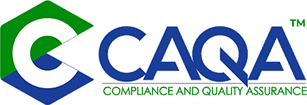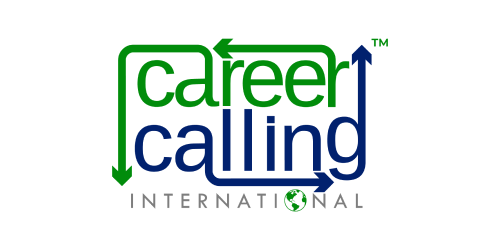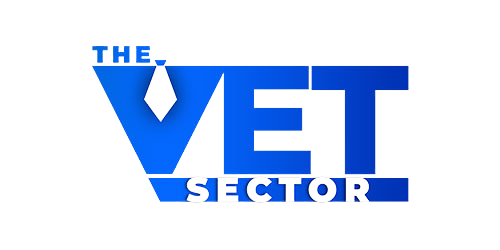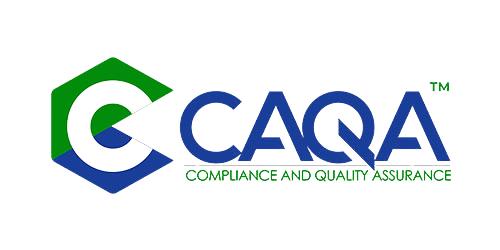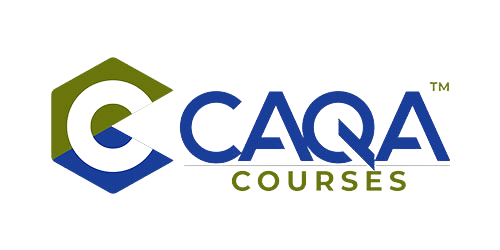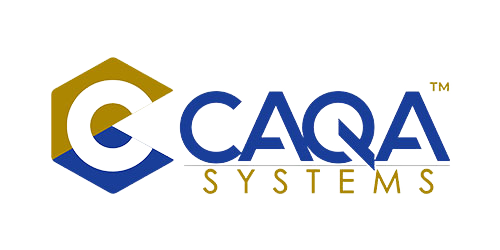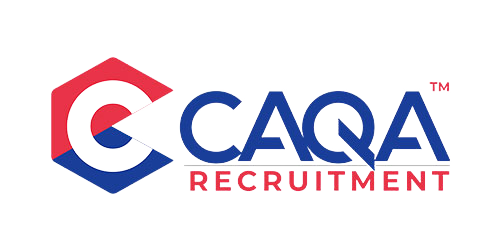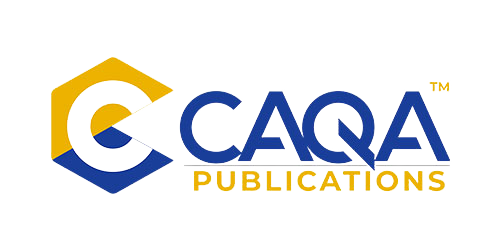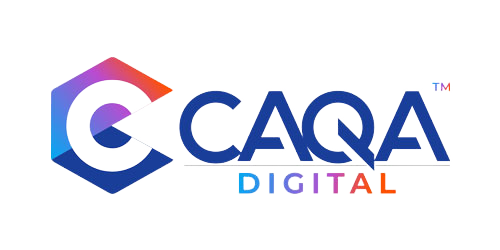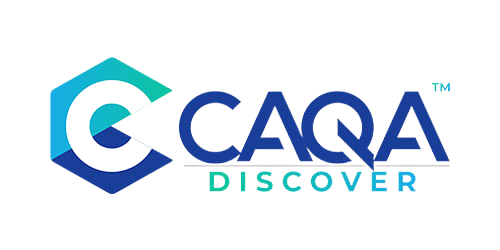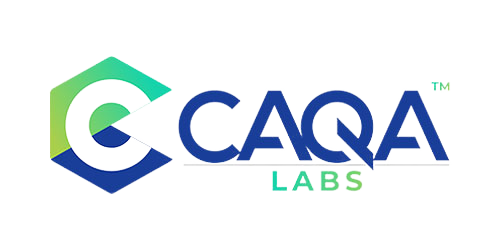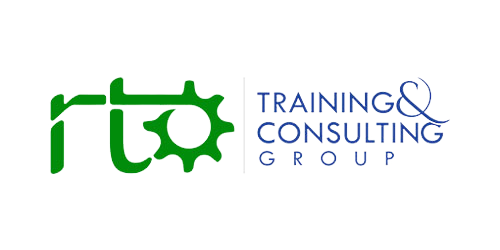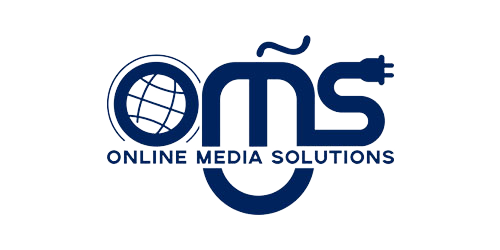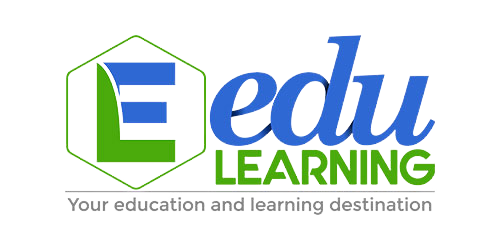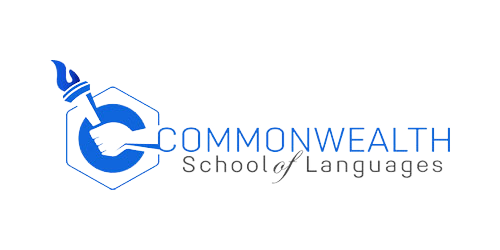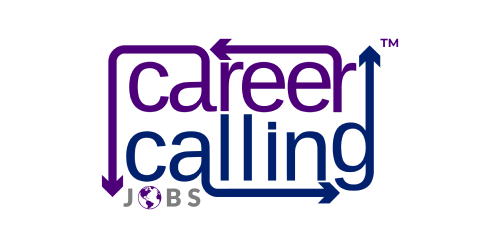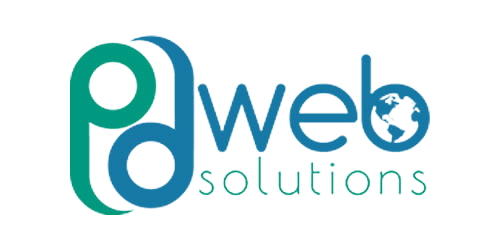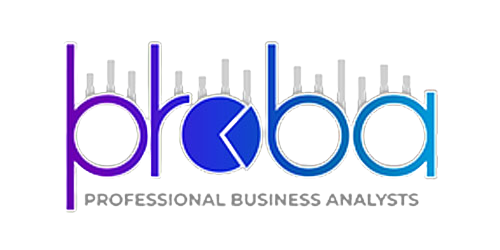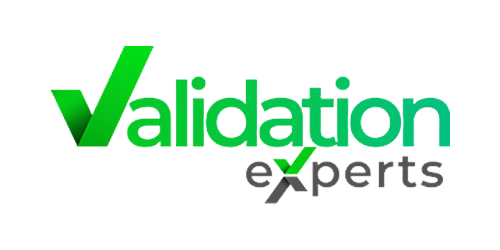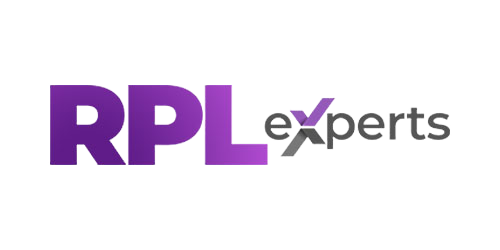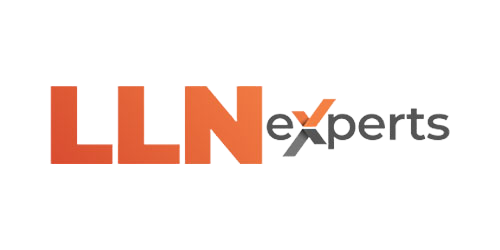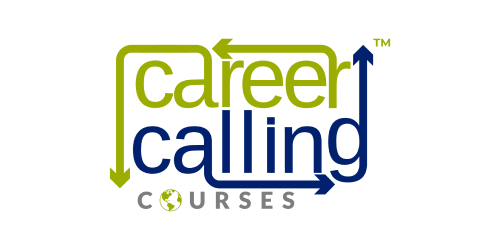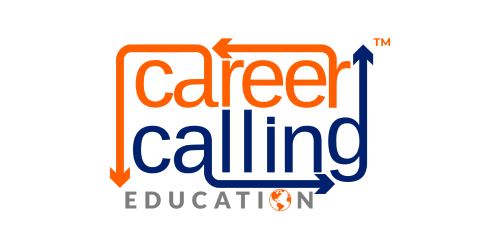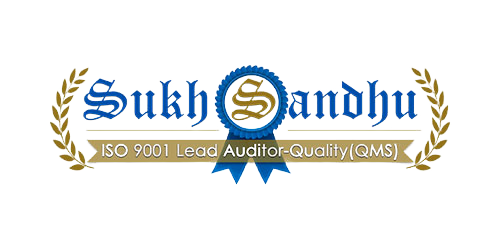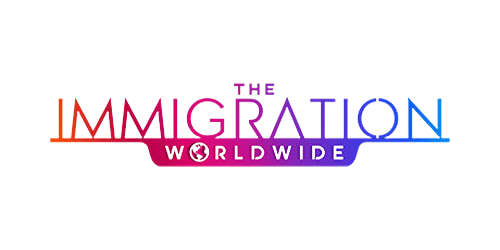THE CREDENTIAL REVOLUTION: FLEXIBILITY MEETS RIGOROUS DEVELOPMENT
The 2025 Standards for RTOs herald a revolutionary shift in how trainer and assessor qualifications are conceptualised, maintained, and evidenced—a transformation that simultaneously addresses chronic workforce shortages while elevating expectations for ongoing professional growth and industry currency. In a decisive break from the qualification treadmill that has characterised previous regulatory regimes, the updated Credential Policy explicitly allows trainers and assessors to maintain older qualifications such as TAE10, provided they engage in regular vocational education and professional development and maintain demonstrable industry currency. This pragmatic flexibility represents a direct response to the persistent trainer shortages plaguing critical sectors like nursing, aged care, construction, and other trades, where qualified professionals willing to undertake training roles are increasingly scarce.
This credential revolution reflects a profound philosophical shift: from credential-focused compliance to capability-centred quality. Rather than forcing experienced trainers to repeatedly upgrade formal qualifications—often covering content they have already mastered—the new standards prioritise continuous development of practical capabilities and contemporary industry knowledge. The focus moves from paper credentials to demonstrated competence, from qualification acquisition to ongoing growth, from periodic updates to continuous evolution. This shift aligns perfectly with the broader outcome-based approach of the 2025 Standards, emphasising what trainers can actually do rather than simply what certificates they hold.
Perhaps most significantly, the standards formally recognise "training and assessment under direction," creating explicit pathways for industry experts to deliver specialised content under the supervision of qualified trainers. This supervised training model addresses workforce shortages by enabling skilled professionals to contribute their expertise even without completing the full Certificate IV in Training and Assessment. The implications are transformative: RTOs can now leverage cutting-edge industry knowledge that might otherwise be inaccessible, while maintaining quality assurance through appropriate supervision structures. This balanced approach reflects sophisticated regulatory thinking that prioritises both educational quality and workforce sustainability in a sector facing unprecedented staffing challenges.
THE DEVELOPMENT IMPERATIVE: FROM PERIODIC UPDATES TO CONTINUOUS GROWTH
Complementing the credential flexibility is a heightened emphasis on ongoing professional development for all RTO personnel—not just permanent trainers but also administrative staff, casual trainers, and contracted experts. This comprehensive development mandate recognises that quality in vocational education depends not on isolated individuals but on collectively capable, continuously improving teams in which each person understands their compliance obligations and professional responsibilities. The new standards demand that RTOs not merely permit professional development but actively facilitate it through structured programs, diverse learning opportunities, and comprehensive documentation of development activities and outcomes.
The scope of acceptable professional development activities expands significantly under the new standards, encompassing formal courses, webinars, podcasts, industry placements, and even participation in assessment validation and continuous improvement activities. This broadened definition acknowledges the diverse ways in which trainers can enhance their capabilities while creating greater flexibility for RTOs to design development programs suited to their particular contexts, constraints, and strategic priorities. A trainer participating in a skills validation workshop is no longer just fulfilling a compliance obligation but also engaging in recognised professional development—a convergence that reduces administrative duplication while strengthening the connection between compliance activities and capability enhancement.
Documentation requirements for professional development become simultaneously more rigorous and more flexible. RTOs must maintain comprehensive records of all development activities, demonstrating not just that they occurred but that they contributed meaningfully to enhanced capability and improved practice. However, this documentation need not rely solely on formal certificates or attendance records; innovative approaches such as AI-assisted transcription of reflective discussions, digital portfolios of practice improvement, and evidence of implementation in training delivery can all contribute to the development of an evidence base. This outcomes-focused approach to development documentation again reflects the standards' broader shift from process compliance to quality demonstration.
The strategic implementation of this development imperative becomes a critical challenge for RTOs. Organisations must create professional development architectures that simultaneously satisfy compliance obligations, enhance genuine capability, utilise resources efficiently, and accommodate diverse staff needs and preferences. Systems for identifying development needs, scheduling appropriate activities, documenting outcomes, and evaluating effectiveness become essential compliance infrastructure. RTOs that approach professional development strategically—aligning it with organisational priorities, industry needs, and individual growth trajectories—will transform what might otherwise be a compliance burden into a powerful driver of competitive advantage and educational quality.
THE DOCUMENTATION TRANSFORMATION: FROM GENERIC STATEMENTS TO AUTHENTIC EVIDENCE
Perhaps the most significant practical change for trainers and assessors involves the documentation of competency and currency. Under the 2025 Standards, the trainer matrix remains the primary compliance document, but expectations for its content and specificity have increased dramatically. Generic, templated, or copy-pasted statements of industry currency—historically the most common compliance failure in this area—are no longer acceptable. Instead, trainers must provide detailed, contextualised evidence of how their specific industry experience and knowledge relate to each unit of competency they deliver and assess. This represents a quantum leap in documentation rigour, challenging both trainers and RTOs to develop more sophisticated approaches to capturing and presenting evidence of capability.
Best practice now involves conducting structured interviews with trainers to elicit detailed information about their industry experience and currency activities, using AI tools to transcribe and summarise these discussions for each unit of competency. This approach addresses a common challenge: many technically excellent trainers struggle with written self-documentation, experiencing a form of "writer's block" when asked to articulate their own expertise. The interview approach leverages trainers' natural ability to talk about their experience while using technology to transform these verbal accounts into structured, audit-ready documentation. The result is more detailed, authentic evidence that clearly establishes the connection between individual experience and training responsibilities.
The standards also create an expectation that trainers will regularly audit their own skills and knowledge against the units they deliver, identifying gaps and establishing targeted professional development plans to address them. This self-assessment approach represents a significant shift from passive compliance to active capability management, placing trainers themselves at the centre of their professional growth rather than treating them as subjects of external compliance processes. By encouraging trainers to take ownership of their development needs and plans, the standards promote a more engaged, reflective approach to professional practice—one that aligns with contemporary understanding of professional learning and growth across multiple disciplines.
Documentation must also demonstrate how industry currency is maintained through diverse activities—not just formal employment but also industry engagement events, professional association activities, technical updating, and workplace observation. This expanded conception of currency acknowledges the multiple pathways through which trainers can maintain a connection with industry practices, creating greater flexibility while maintaining rigorous expectations for contemporary knowledge and skills. The documentation must clearly articulate how these various activities contribute specifically to currency in the particular units being delivered, avoiding generic claims that fail to establish the necessary connections between experience and teaching responsibilities.
THE TECHNOLOGY IMPERATIVE: AI ADOPTION AS COMPETITIVE NECESSITY
The 2025 Standards emerge in an era of unprecedented technological transformation, with artificial intelligence and digital tools reshaping every aspect of vocational education. For trainers and assessors, technology adoption is no longer optional but essential, not just for compliance efficiency but for educational effectiveness in a rapidly evolving landscape. The standards implicitly recognise this reality through their emphasis on documentation scalability, evidence accessibility, and process efficiency—all areas where technology offers powerful capabilities that manual approaches simply cannot match.
Trainers and assessors are now explicitly encouraged to embrace AI tools like Fireflies, Read AI, and ChatGPT to streamline documentation, professional development tracking, and meeting summaries. These technologies can automate previously burdensome administrative tasks such as creating meeting minutes, maintaining professional development registers, and even generating initial drafts of session plans or classroom resources. By handling routine documentation and content generation, AI tools free trainers to focus on the aspects of their role that truly require human expertise: relationship building, contextualised instruction, professional judgment, and individualised feedback—elements that remain beyond algorithmic capabilities despite rapid technological advances.
The implications of this technology imperative are profound and potentially divisive. Trainers who embrace these tools position themselves for both compliance efficiency and educational innovation, able to satisfy documentation requirements with minimal administrative burden while creating more engaging, responsive learning experiences. Conversely, those who resist technological adoption may find themselves increasingly disadvantaged, struggling with documentation demands, expending disproportionate effort on administrative tasks, and falling behind evolving expectations for digital literacy and instructional innovation. The standards thus create both opportunity and pressure, rewarding early adopters while challenging technological conservatives to evolve or risk obsolescence.
Beyond individual tools, RTOs must audit their broader technological ecosystems—student management systems, document management platforms, finance systems, and quality management frameworks—to eliminate redundancies and maximise existing capabilities. Many organisations invest in multiple overlapping systems without fully leveraging their functionalities, creating unnecessary costs and inefficiencies. Regular audits of system usage, integration opportunities, and capability gaps can identify substantial opportunities for both cost reduction and capability enhancement. This systematic approach to technology management aligns with the standards' broader emphasis on organisational effectiveness and resource efficiency.
THE SECTOR ENGAGEMENT MANDATE: FROM RECIPIENTS TO SHAPERS OF TRAINING PACKAGES
The 2025 Standards create unprecedented expectations for trainer engagement with sector development processes, particularly training package reviews and consultation with Jobs and Skills Councils. Trainers are now strongly encouraged—if not explicitly required—to participate in these processes, contributing their frontline experience to shape relevant, industry-aligned training products. This engagement expectation reflects recognition that trainers possess unique insights into how training packages function in practice—knowledge that is essential for developing products that are both educationally sound and industry relevant.
The practical feedback that trainers can provide—challenges in delivering particular units, assessment complexities, content relevance issues, sequencing difficulties—represents invaluable input for training package development and revision. By sharing these insights, trainers become not merely recipients and implementers of training packages but active participants in their creation and evolution. This collaborative approach acknowledges the interdependence of policy, industry, and education in creating effective vocational training—a recognition that has not always been evident in sector governance structures.
This engagement expectation creates both opportunities and obligations for trainers and RTOs. Individual trainers gain avenues for professional influence and development through participation in industry consultation, training package review, and sector feedback processes. RTOs must create systems and cultures that support and recognise this engagement, potentially adjusting workload allocations, providing release time for consultation activities, and acknowledging sector contributions in performance reviews and career development pathways. The organisations that most effectively facilitate this engagement will benefit from enhanced industry relationships, early awareness of emerging requirements, and the professional growth of their training workforce.
THE COMPLIANCE JOURNEY: FROM EVENT TO CONTINUOUS PROCESS
Perhaps the most profound shift embedded in the 2025 Standards is the reconceptualisation of compliance from periodic event to continuous journey. Trainers and RTOs can no longer approach compliance as an occasional priority driven by audit schedules or registration renewals; instead, they must embed compliance awareness, documentation, and improvement into everyday practice. This continuous approach demands new mindsets, new systems, and new capabilities throughout the training workforce.
The practical implications are significant. RTOs must conduct immediate and regular audits of all trainer matrices and professional development plans, not waiting for regulatory triggers to review these critical compliance documents. Professional development should be scheduled consistently throughout the year rather than concentrated in pre-audit periods, creating genuine cycles of continuous improvement rather than compliance sprints. Documentation should occur in real time using digital tools rather than retrospectively constructed before audits, ensuring authentic records that accurately reflect actual practice rather than idealised representations created for regulatory consumption.
This continuous compliance approach aligns perfectly with the standards' broader emphasis on self-assurance and quality culture. By normalising compliance activities as part of everyday operations rather than exceptional events, RTOs create more sustainable, less stressful approaches to regulatory requirements while simultaneously enhancing educational quality and organisational effectiveness. The documentation burden becomes more manageable when distributed over time rather than concentrated in audit preparation periods, and the evidence produced is more authentic when created contemporaneously rather than retrospectively.
CONCLUSION: THE NEW BREED OF VET PROFESSIONAL
The 2025 Standards collectively define a new archetype for vocational education professionals—one characterised by continuous development, technological fluency, sector engagement, and proactive compliance ownership. This new breed of trainer maintains credentials through ongoing growth rather than periodic qualification upgrades, documents capability through authentic evidence rather than generic templates, leverages technology to enhance both compliance efficiency and educational effectiveness, and actively contributes to sector development rather than merely implementing externally developed training products. The trainers who embrace this evolved professional identity will thrive under the new standards, while those who cling to outdated approaches may struggle with both compliance obligations and educational effectiveness.
For RTOs, the imperative is clear: invest in developing this new breed of VET professional through comprehensive professional development, technology enablement, compliance support, and sector engagement opportunities. The organisations that most effectively nurture these evolved trainers will gain significant advantages in both compliance readiness and educational quality, positioning themselves for leadership in a sector undergoing unprecedented transformation. The standards thus create both challenge and opportunity, challenging traditional approaches to trainer qualifications, development, and compliance while creating opportunities for innovation, differentiation, and excellence in vocational education delivery.
The trainer evolution has begun. The future belongs to those who recognise and embrace the new professional paradigm defined by the 2025 Standards—not as a compliance burden but as a pathway to enhanced capability, satisfaction, and impact in Australia's vocational education landscape.
